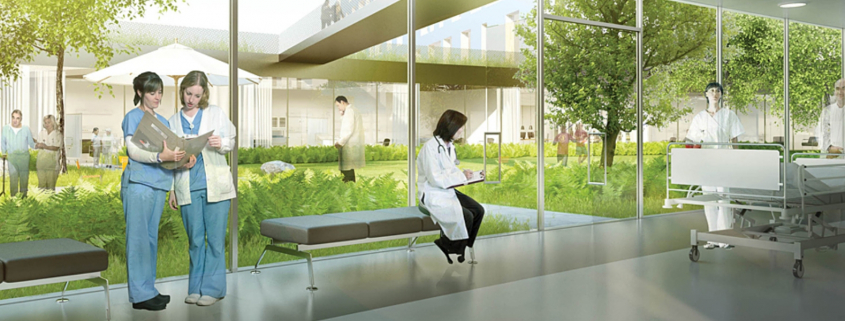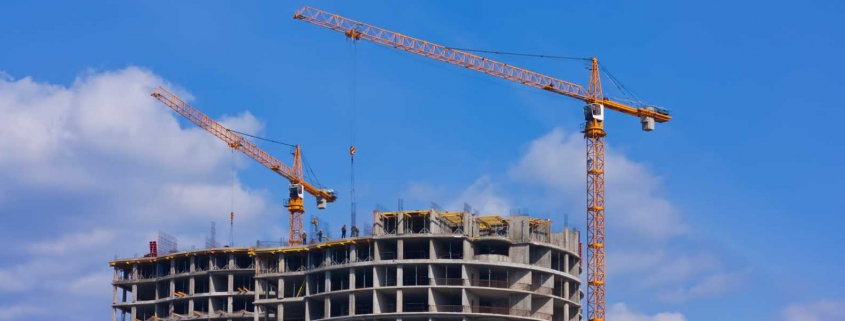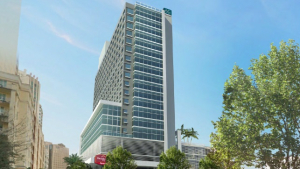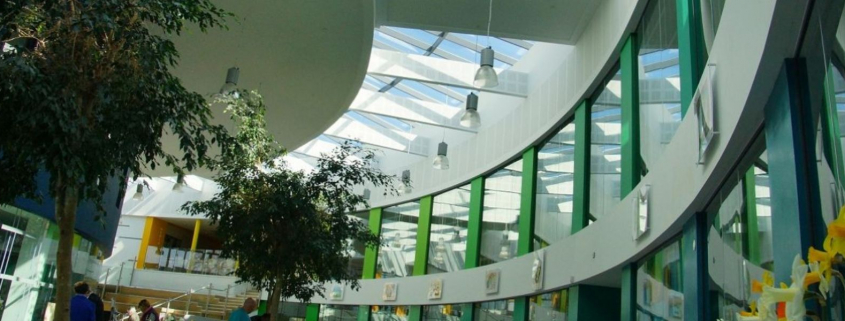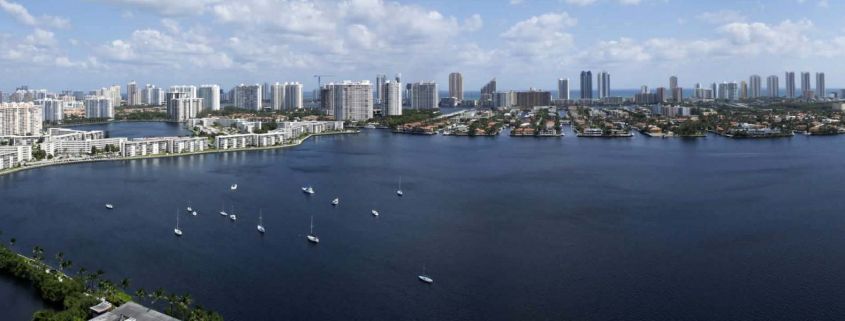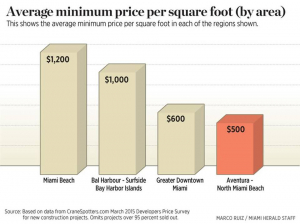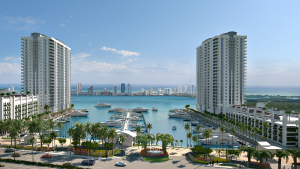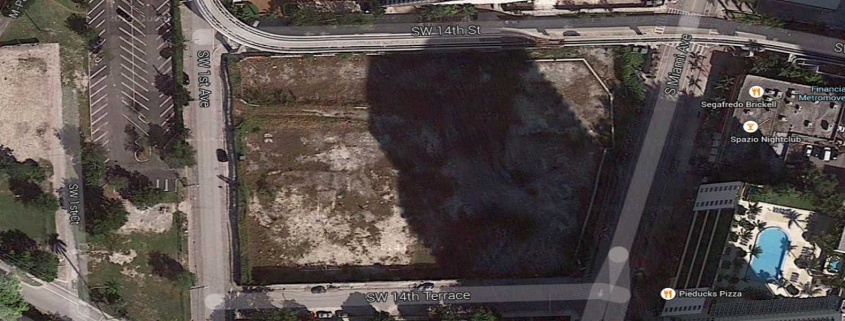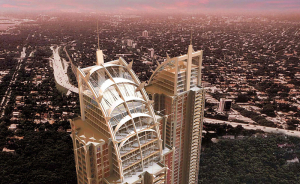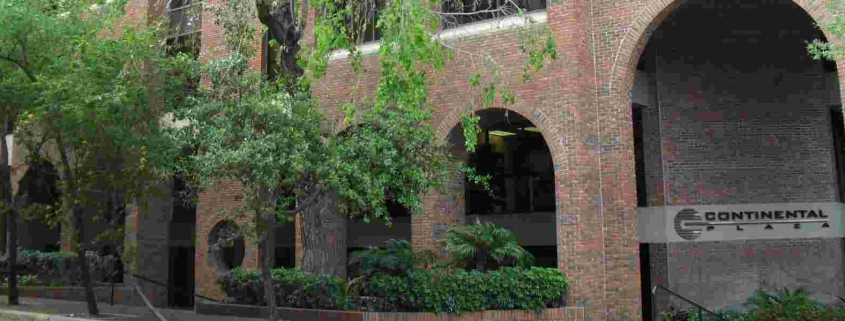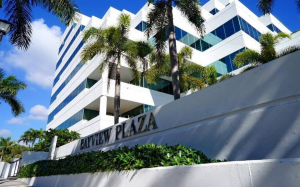Making hospitals more environmentally friendly may have once seemed like a trendy notion or expensive luxury that would fall by the wayside, but that’s not been the case.
Many hospitals have begun placing a greater emphasis on becoming “healthy buildings” that incorporate sustainability into their design, construction materials, utilities and even workflow processes. Often times, phrases such as “going green” and “environmentally friendly” conjure images of futuristic buildings covered in solar panels and rooftop gardens and surrounded by wind turbines, but eco-friendly elements hospitals have incorporated are hardly visible, yet very impactful.
The Mission And Money Behind Sustainability
There are two fundamental camps of thought when it comes to hospitals and sustainability, according to Deb Sheehan, executive director of the health practice for CannonDesign, an integrated design firm specializing in healthcare, among other areas. “One camp is asking, ‘Does sustainability align with our mission?’ and the obvious answer is ‘yes,'” says Ms. Sheehan. “We’ve seen a lot of larger health systems with healthy community initiatives in place really starting to say, ‘If we’re going to make good on our mission, we must be committed to investing in healthy buildings that steward the protection of the environment.'”
The first camp’s thinking really harks back to the fundamental premise of “First, do no harm,” and interpreting that concept with a much more systemic approach, said Ms. Sheehan. The second camp is driven by the financial aspects and payback of sustainability. “When you look at the healthcare building typology, most acute-care facilities are 24/7 operations, so energy consumption serves to claim a robust amount of the hospital’s operating budget, just to keep the buildings running,” says Ms. Sheehan.
John Ebers, associate director of facility engagement and the energy program at Practice Greenhealth — a membership organization and environmental solutions provider for the healthcare sector — echoes Ms. Sheehan’s thoughts. “Within a hospital, energy and utilities represent a fixed cost. Anytime hospitals can drive down a fixed cost, they can improve their margins,” says Mr. Ebers.
Although more hospitals are expressing interest in ‘designing green,’ many are not participating in the Leadership in Energy & Environmental Design green building certification program that recognizes best-in-class building strategies and practices, according to Ms. Sheehan. “Honestly, on a domestic coast-to-coast basis, a limited number of our clients are going through the protocol to document and obtain LEED certification,” says Ms. Sheehan. “Many hospitals are committed to following green guidelines and utilizing sustainable strategies, but are less willing to expend the resources that go with the LEED certification process.” That’s not to say, however, that LEED is obsolete.
Kaiser Permanente: Leading The Way In Green Power
Oakland, Calif.-based Kaiser Permanente is a considerable proponent of LEED, as well as numerous other eco-friendly initiatives. In 2013, Kaiser Permanente announced it would seek, at minimum, LEED Gold certification for new construction of hospitals, large medical offices and other major construction projects. “Kaiser isn’t the only environmentally friendly organization, but it’s a prime example of an organization that is really on the forefront of saying, ‘hey, we operate all of these buildings so we have to be mindful of the resources and energy we use,'” said Mr. Ebers.
For example, Kaiser Permanente announced plans in February to purchase enough renewable energy to replace half of the electricity it currently uses in California under several 20-year contracts. The renewable energy purchases were made as part of a national sustainable energy policy Kaiser Permanente launched in 2012, which encourages strategies to both reduce energy consumption and increase the use of renewable energy sources.
Ramé Hemstreet, who has served as chief energy officer of the system and vice president of operations for its national facility services department for roughly three years, explains the motive behind the organization’s energy pledges. “Climate change is a serious health issue and one of our missions is to improve the health of the communities we operate in,” said Mr. Hemstreet. “To that end, we announced a commitment in 2012 to reduce our greenhouse gas emissions by 30 percent, and these renewable energy deals will help us achieve that goal without having a negative financial effect.”
Under the energy purchase plans, Kaiser Permanente will purchase the green energy output produced from 110 megawatts of solar energy from a solar plant in California’s Riverside County, 43 megawatts of wind power energy produced by a wind turbine farm in Altamont Pass, Calif., and 70 megawatts of onsite solar production from an independent power producer.
The Kaiser Permanente executive said he is not at liberty to share the dollars-per-megawatt-hour cost Kaiser has agreed to pay under the agreements due to the competitive rates the organization was able to procure from the developers. “We don’t have a crystal ball but, suffice it to say, we think the rates we received will be no worse than the avoided costs of the ground power we would have bought,” says Mr. Hemstreet. “In fact, we think that, over the course of the 20-year deals, the purchases will actually save a considerable amount of money.”
Kaiser Permanente is on the National Top 100 list of the largest green power users within the U.S. Environmental Protection Agency’s Green Power Partnership. It’s an impressive accomplishment but it’s not one every hospital necessarily needs to strive toward; there are many smaller initiatives and projects hospitals and health systems can incorporate into their organizations.
Incorporating Eco-Friendly Concepts Into Hospital Design
For an existing hospital or health system, delving into the world of green energy, sustainable materials and eco-friendly design can be daunting, but new capital projects offer a great opportunity to get started. “From a design process, anytime you are doing a new building or major renovations, you really have a prime opportunity to build in efficiencies — be it efficiencies in energy, water, lighting or other elements,” says Mr. Ebers.
Whether dealing with a brand new construction project or renovations to an existing facility, Mr. Hemstreet offers one way healthcare providers can get started: figure out the energy consumption baseline. “The first thing hospitals can do is start by making everyone aware of their numbers and where they stand in relation to the baseline that the Environmental Protection Agency has for all similar buildings in the U.S.,” says Mr. Hemstreet. “Once you baseline where you are, there are a number of things you can do to improve your performance.”
Ms. Sheehan points out, sometimes the most eco-friendly thing to do is to decide against construction altogether. “If a hospital is really, truly committed to sustainability, we’ll look at lean fundamentals on their programs first and foremost,” she says. “For instance, we’ll ask questions like, ‘Are we building too much?'”
If an evaluation of a hospital’s systems and facilities concludes construction is necessary, the next step is deciding how to incorporate sustainability. For hospitals and health systems building a new or replacement facility, the project is a huge undertaking, but it’s also easier to utilize LEED and other eco-friendly design decisions from the outset. “When you are dealing with new construction and you have to birth the whole facility from the ground up, you’ve got the ability to affect some of the core strategies and the fundamentals of the engineered systems,” says Ms. Sheehan. “When hospitals do renovations, it’s much more of a plug-and-play approach in which you’re just patching in new components as opposed to doing a systemic overhaul.”
For hospitals considering renovations, Mr. Ebers and Ms. Sheehan both suggest looking into occupancy sensors, retrofitted lighting and building automation controls as a few relatively simple changes that yield specific paybacks.
Mr. Ebers and Ms. Sheehan also suggest hospitals work with their utility companies. “A number of utilities around the country are offering major rebates to reduce emissions, and hospitals are a prime candidates because they operate 24/7 and are major energy users within the service sector,” says Mr. Ebers. “For hospitals that have antiquated equipment or are running out of 50-year-old buildings that need upgrading, working with utility companies to replace out-of-date boilers and chillers presents a great opportunity for dramatic energy efficiency gains and cost savings.”
According to Mr. Ebers, utility rebates are an example of external factors that can really drive the financial piece of the sustainability puzzle by decreasing the payback on some efficiency projects from eight years to four or five years.
The Financial Future Of Environmentally Friendly Hospitals
Ultimately, hospitals are becoming more environmentally friendly and sustainable because more healthcare design and construction firms are incorporating those values into their baseline specifications. “Sustainability is no longer the unique attribute; it’s the common statement for what is practice protocol,” says Ms. Sheehan, who also notes sustainable design is going “mainstream” more quickly than she would have expected.
She notes that five years ago, it was thought that the LEED plaque on the wall might be a differentiator in hospital marketing or branding, yet the priority on sustainable design is so intrinsic to hospital design at this point that — plaque or no plaque — it is no longer recognized as unique in the marketplace. “When you see different kinds of providers — including small community hospitals, large healthcare systems and academic medical providers — all talking about the same sustainable design attributes with the same stature and priority, you know this is a major expectation that isn’t just going to be à la carted. It’s not going to be seen as a variable that’s elective anymore.”
Still, there are some challenges on the horizon, including the phase-out of the solar Investment Tax Credit, Mr. Hemstreet points out. “Not to get political, but the one problem every hospital interested in pursuing renewable energy is going to face is the phase-out of the investment tax credit for solar energy in 2016,” says Mr. Hemstreet.
The solar ITC is a 30 percent tax credit for solar systems on residential and commercial properties, which has helped annual solar installation grow by over 1,600 percent since 2006. Under current law, the solar ITC remains in effect through Dec. 31, 2016. “For hospitals looking to pursue renewable energy, the economics are going to change considerably with the expiration of the investment tax credit, so my advice would be to move quickly since time is running out unless Congress expands the current law,” says Mr. Ebers.
Whether hospitals or health systems decide to purchase renewable energy, build with green materials or not invest in sustainable initiatives at all, Mr. Ebers points out that even small changes that don’t cost a thing can make a big impact. “Shutting off the light switch is the best solar panel in the world.”
Source: Becker’s Hospital CFO

